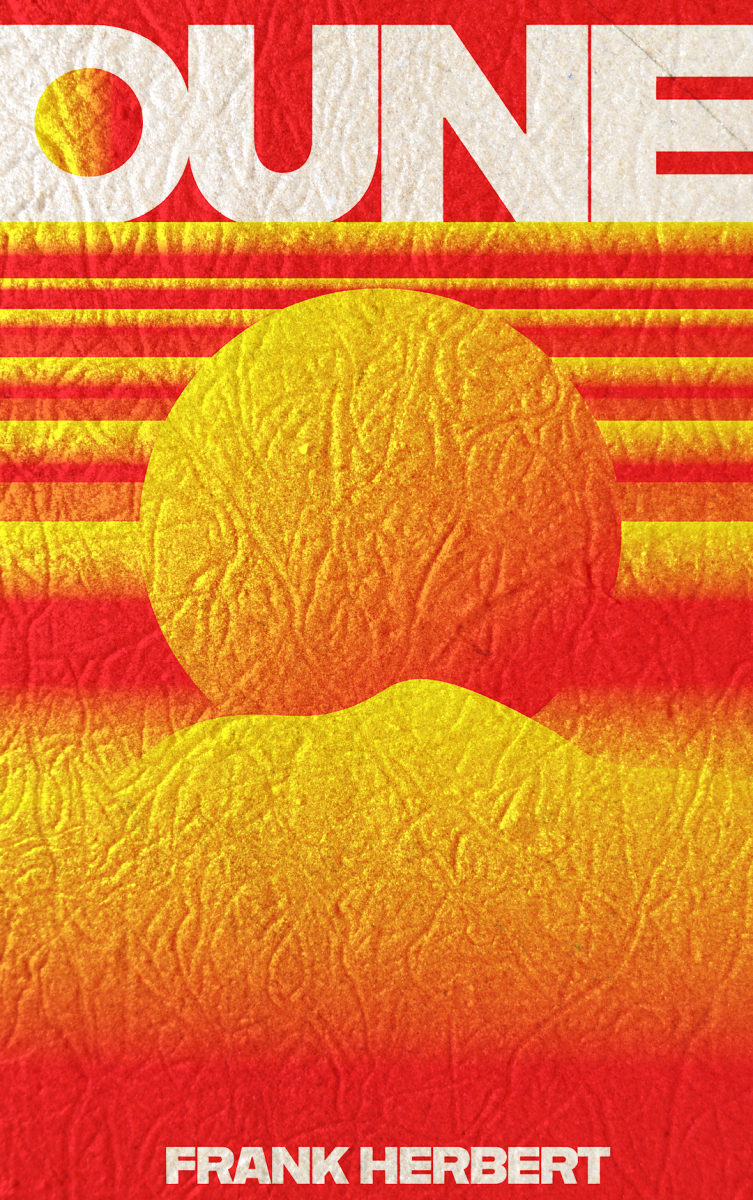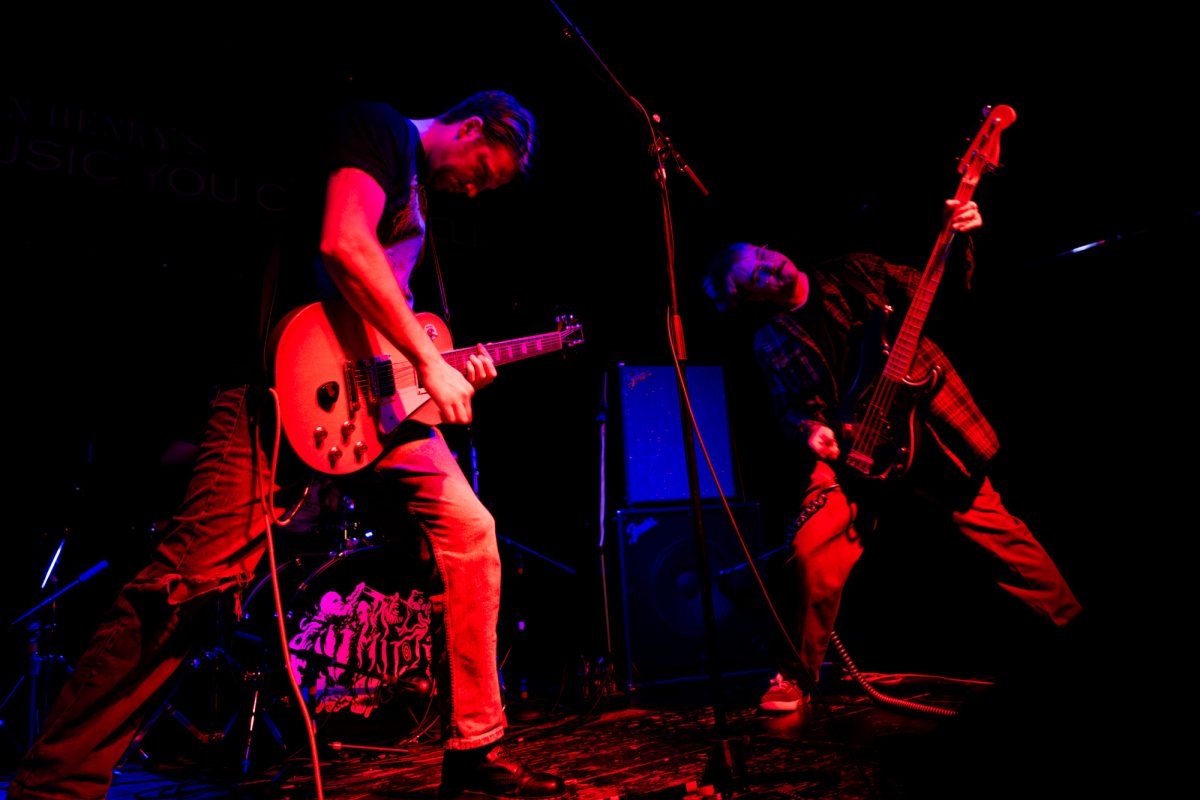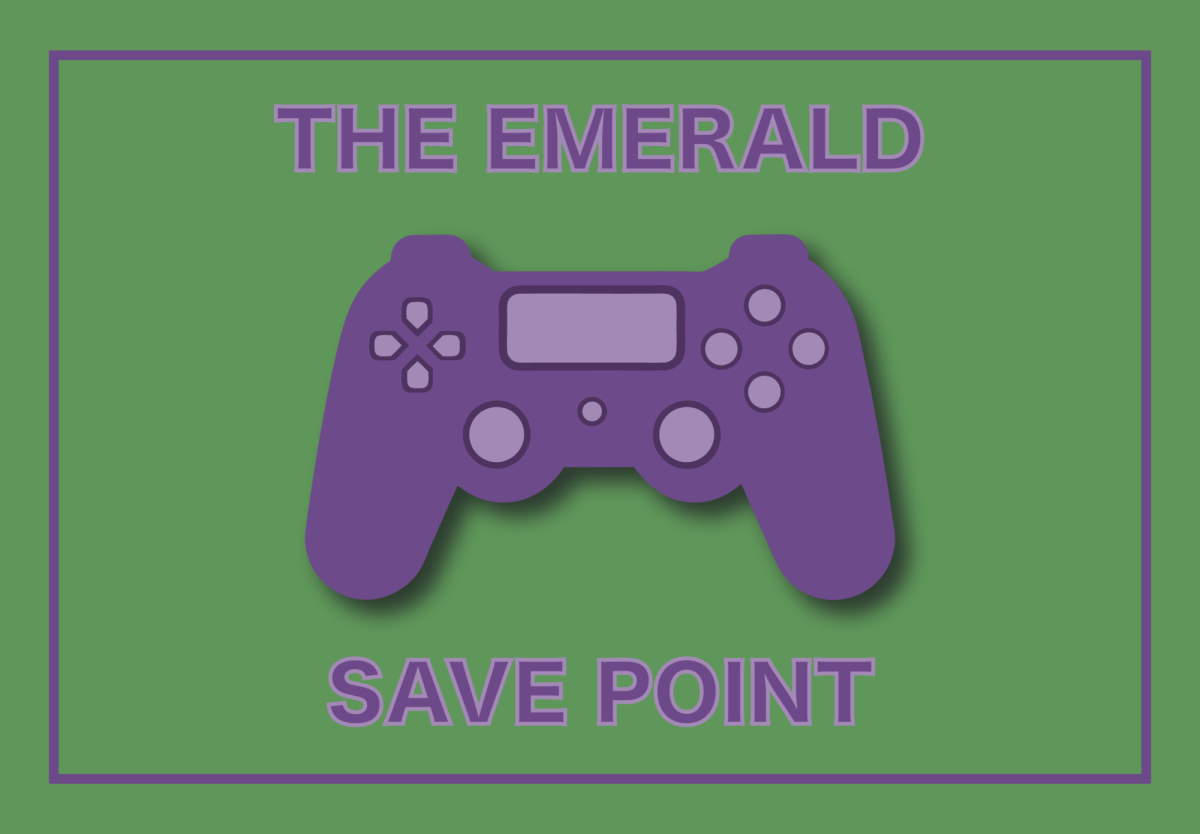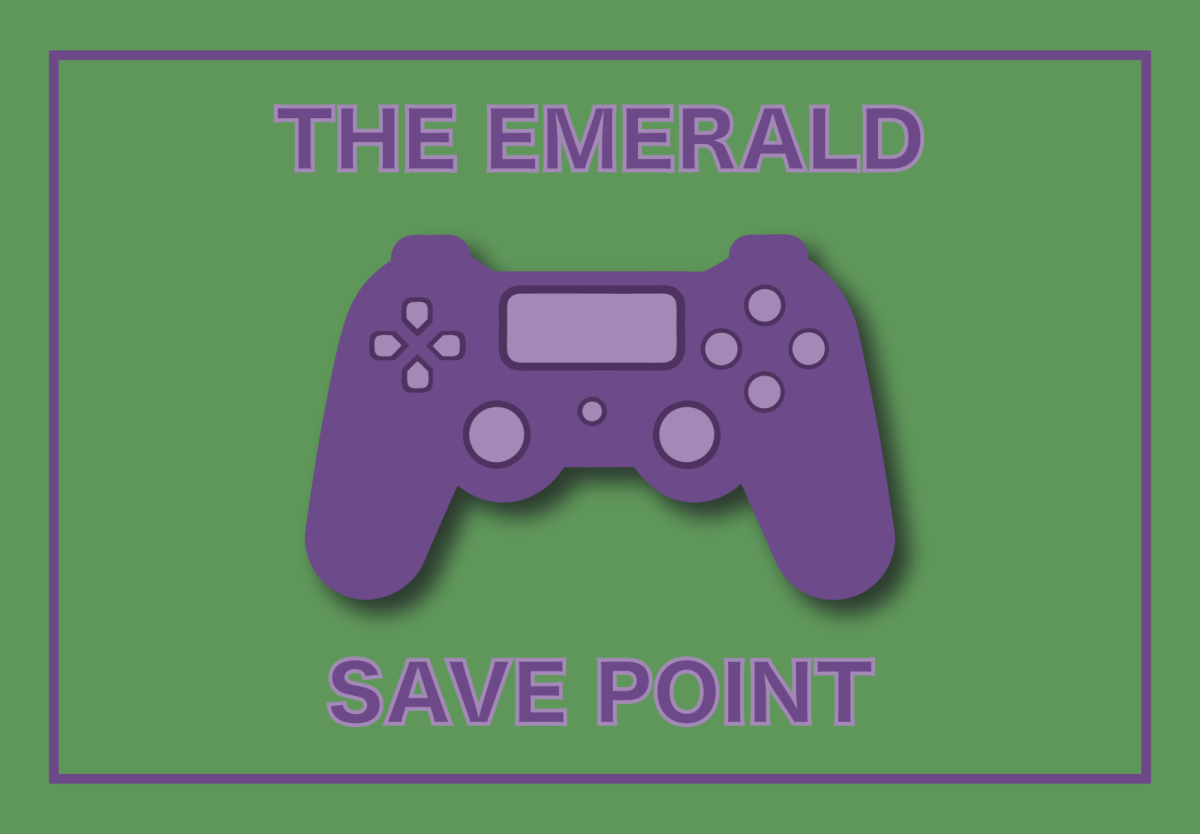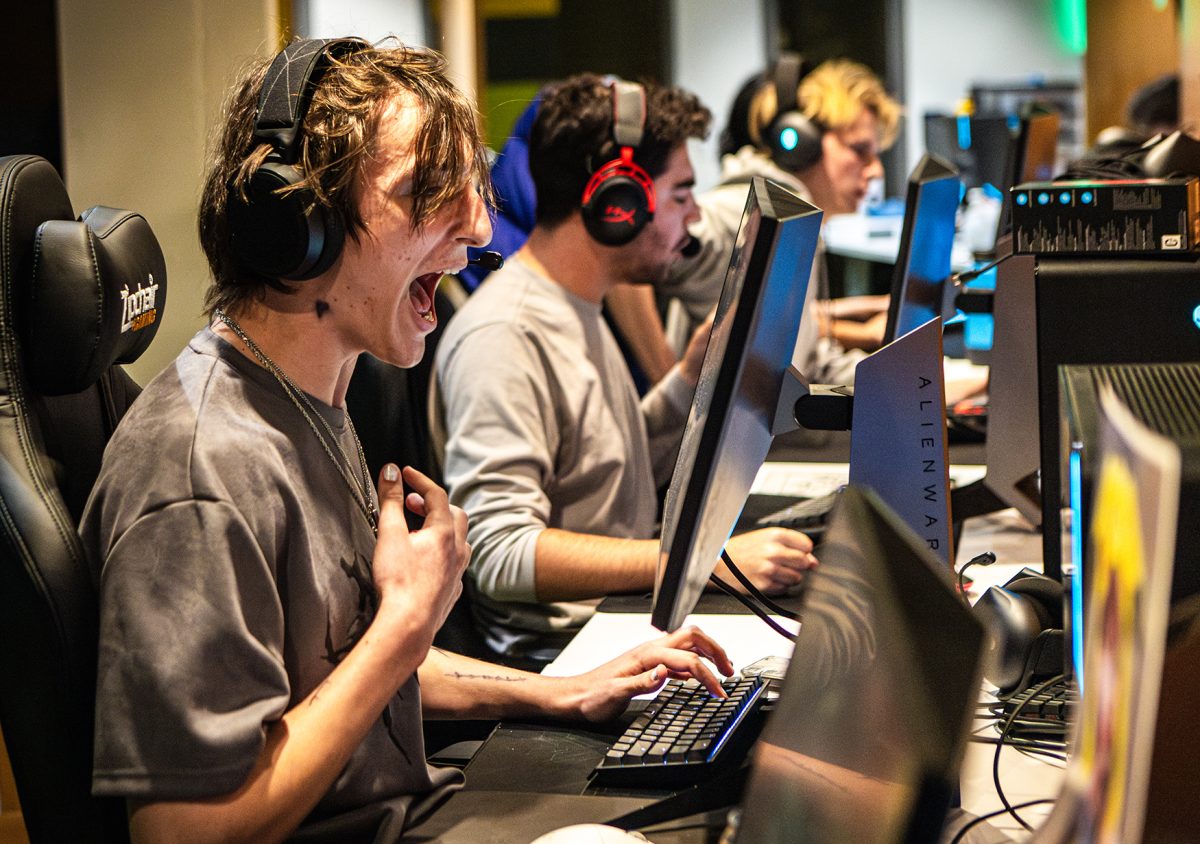One of the few guarantees in life is challenge. Nobody can escape this fact, and the egalitarian nature of challenge is what gives humans one of our most incredible assets: willpower. Humans have a fierce and feverish hunger to keep going, and few pieces of media exemplify this better than the Dark Souls trilogy. Specifically Dark Souls 3.
The Dark Souls trilogy is a series of action role playing video games developed by coveted Japanese publisher FromSoftware, Inc. From the first installment in 2011 to the final iteration in 2016, the series has garnered a cult following.
The Souls games are known for their unforgiving combat and meticulously crafted high-fantasy setting. The story is complicated, but it’s an important component for understanding the theme of these games.
The first flame sparked to life long ago in a gray world of nothingness. The flame brought with it the existence of souls, which granted the hollow humans life and will. But it also brought disparity — hot and cold, life and death, light and dark.
As long as the first flame burns, humans will thrive. But as the fire starts to fade, certain humans are adorned with the darksign, a symbol of the growing darkness that curses its host with immortality. The accursed are destined to attempt the firelinking: a ritual that preserves the first flame, and keeps the darkness away for a little while longer.
The player’s character is cursed with the darksign, and in Dark Souls 3, the flame is nearly gone. Players find themselves in a twilight world of humanity, holding on by a desperate thread.
The color palette is muted and the world design is romantic, twisted and gothic. Abandoned cities, rotting forests and scarred castles serve as your setting. There are almost no friendly characters, and everything wants to kill you.
To reach the kiln, you have to defeat minor enemies. For every enemy you kill, you receive their souls. Players also fight bosses: very powerful enemies with more health and complex movesets. Upon death, you lose your souls, which work as the in-game currency to upgrade your character and equipment. You resurrect at one of the game’s sparse bonfires which work as checkpoints, and you have one life to retrieve your souls from where you died. But, if you die before retrieval, your souls are gone forever and you’re back at square one.
The game punishes panic. Keeping a cool head to memorize attack patterns and having sharp reactions is the only way through. You can only heal a few times, and it’s not uncommon to die from one hit from a boss. The menus and upgrade systems are cryptic. There’s no tutorial in the beginning, and you fight your first boss within ten minutes. Everything is designed to give the player a sense of morose futility, and the world is sad and harsh, but it’s also beautiful.
Those who persevere to the end are faced with a choice: rekindle the flame and preserve the status quo, or snuff it out to usher in the age of darkness. The first two games end the same way, with the same choices so ultimately, the choice doesn’t matter. The cyclical nature of life and death and flame and ash leads some to say the game is nihilist.
Dark Souls 3 doesn’t hold your hand; it gives you a stick and tells you to kill God. It’s frustrating and maddening. When that boss you’ve been fighting for days kills you for the billionth time, and you know you’re fighting to reach a pointless conclusion, you may see no point in trying.
But these are the most important moments. To give up? Or to keep going? Choosing the latter grants you the magic of the game. When Dark Souls 3 presents a challenge that you deem pointless, the only thing that can push you through is willpower.





